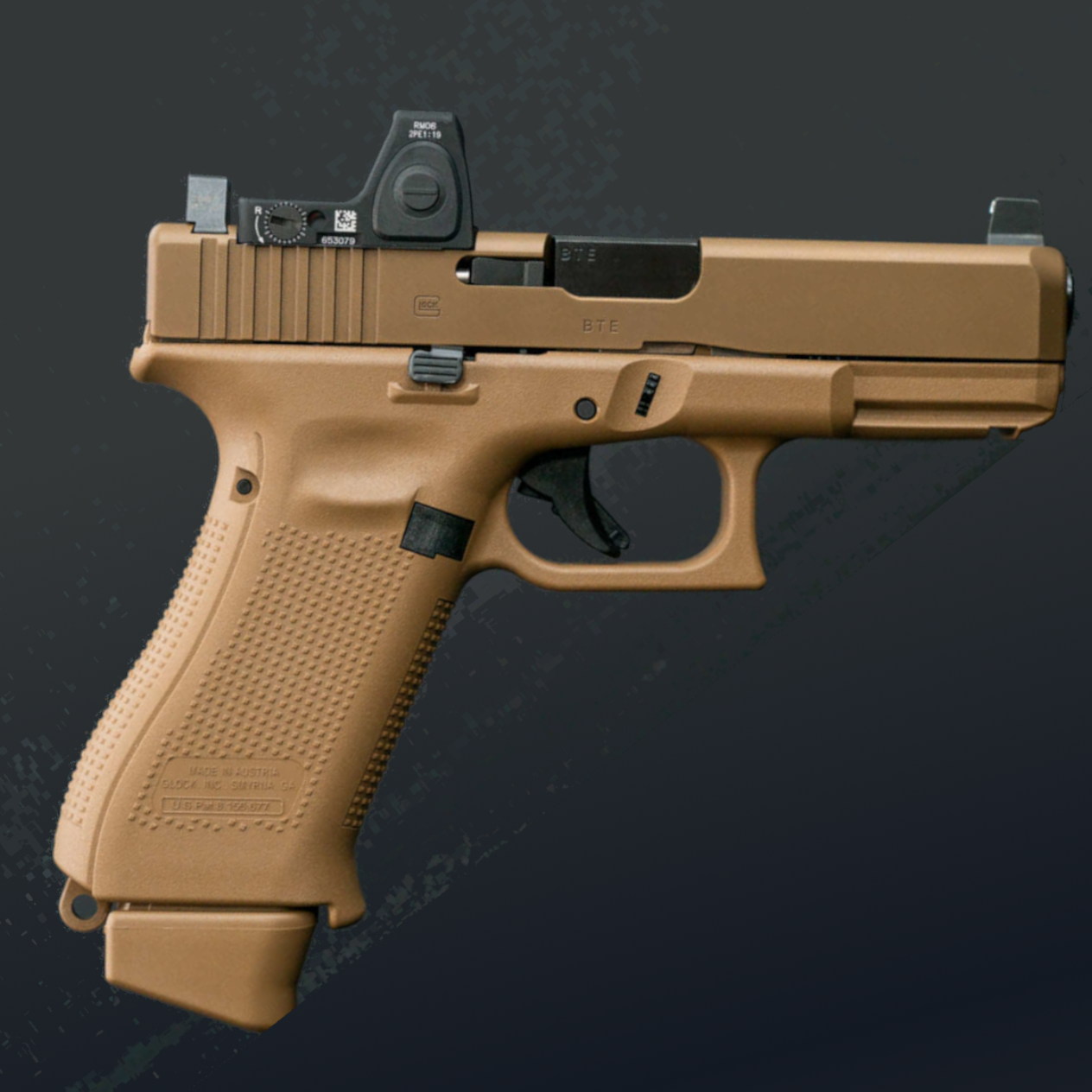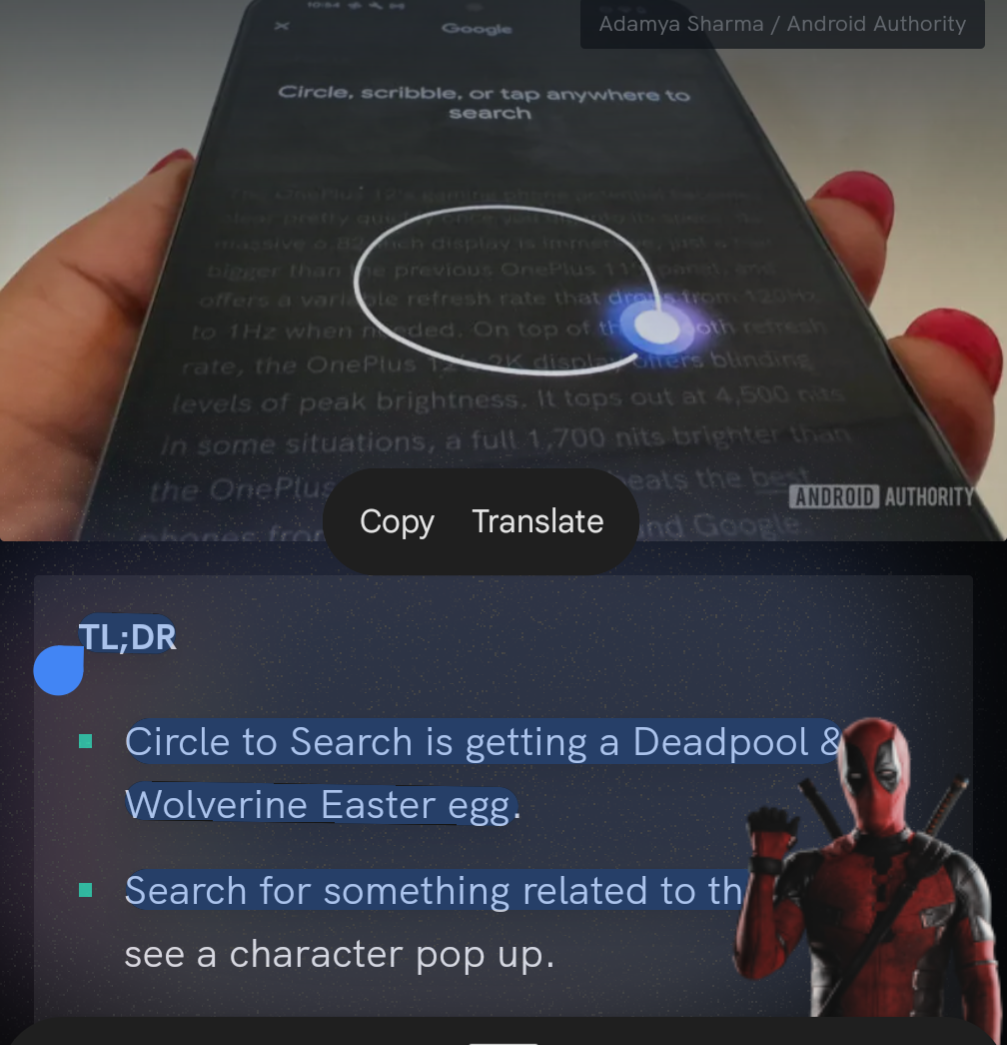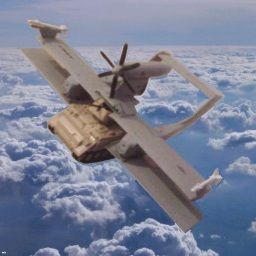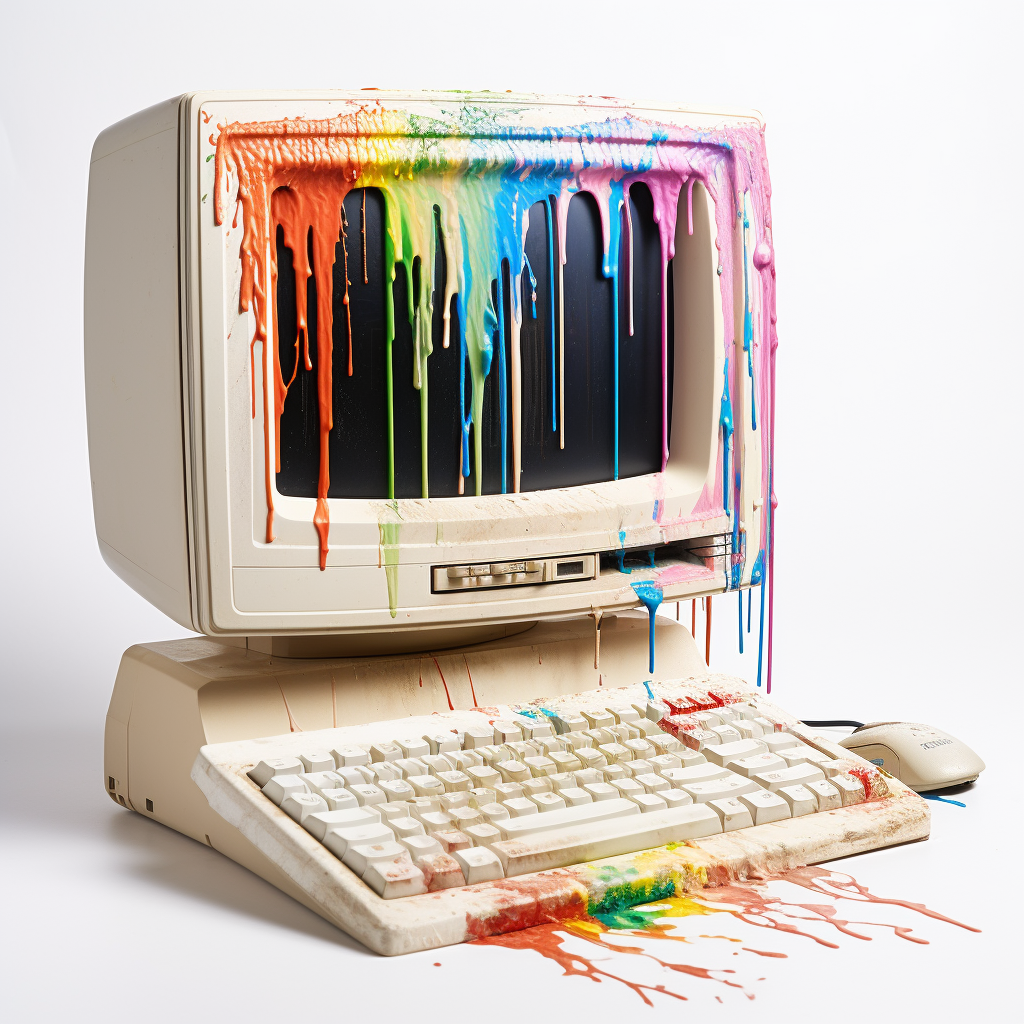- 81 Posts
- 2.14K Comments

 1·1 day ago
1·1 day agoHaving the new cookbook online grants access to just about everyone. Back in the day, finding a BBS that actually had a real copy was a chore and was part of the mystique.
To limit accessibility, you could used some dried out wood pulp and some kind of black, staining liquid for lettering. Actually needing a physical copy of something would probably be just as confusing for kids as it would be for the feds.
Since the only things sent via USPS these days is home refinancing opportunities and people asking for money, sending something useful through the mail would go unnoticed.

 6·1 day ago
6·1 day agoI have my doubts that China needs Russia for anything other than cheap oil and military weapons designs. With Russia tied up in Ukraine any posturing at this point is kind of a silly drill, IMHO.
Who knows… It could be something bigger later, but not now or for a few years after the Ukraine conflict is over.
This is the root cause analysis we live for.

 3·1 day ago
3·1 day agoInsert my original “shrug” emoji here. It’s not a big deal and finding one log with one mods opinion isn’t what I would consider a trend.

 5·1 day ago
5·1 day agoSome instance owners have blocked ml and there are are occasional discussions of broader action.
I haven’t fully blocked it yet as there are some neutral communities that are still fun. Anything related to news or politics is on my blocklist, for sure.

 1·1 day ago
1·1 day agoI get what you are asking and I am going to avoid the specific topic you were discussing (as much as I can) in the interest of objectivity.
ml tends to be a safe-space for some people who have wildly different opinions than what “many people” tend to believe is true. It automatically sets up a comment that would be “normal” on this instance as “hostile” on another.
Some countries do have diplomatic ties with Hamas and do not consider them a terrorist organization. If I had to guess, that is the reason for the underlying issue. If a person happens to relate with that viewpoint, any comment to the contrary may be considered hostile.
This sounds trite, but the phrase “Read the room” might apply.

 3·1 day ago
3·1 day agoBy definition, yes*. In reality, it fits a larger consensus and I personally don’t think it’s a big deal.
At the end of the day, mods do what they want. On ml specifically, they tend to have their own distinct narratives they follow and may kick-ban any dissent.
Posting on some ml communities can be interesting if you aren’t up-to-date with the meta.
* You could be unreasonably attached to a belief from the viewpoints of others. It’s subjective.

 8·1 day ago
8·1 day agoIt’s ml. I was banned from a few communities for calling Putin the new Hitler and I still have no idea what their problem was.
¯\_(ツ)_/¯
I want to believe!
Or someone slapped their cock on it.

 2·1 day ago
2·1 day agoGuideline: Don’t. If you do, clearly call out that it is a work of fiction and has about a thousand different versions depending on who was in charge at the time.

 4·1 day ago
4·1 day agoI just used to use vodka to flavor up the tomato juice in the mornings.

 2·2 days ago
2·2 days agoI have no idea. Using coax-seal is just what I have always used and just have been blindly following what my dad always used since I was a kid.
There are probably better options these days. If it’s rubber-like and sticky, it should work fine.

 9·1 day ago
9·1 day agoIf you plan on keeping it up for a while, some coax-seal might be ideal on the antenna connector since you are in Seattle. It’s some nasty stuff to work with, but it’ll save you some maintenance.
A local mesh group where I live hosts meet-ups that they occasionally announce on 220/440, so keep your ears open for that in your area.
(I am in Denver, so I am a little out of your range. Or maybe not? High solar activity does strange things… Once, I keyed about 4-5 repeaters on 2M from my house, so anything is possible.)

 3·2 days ago
3·2 days agoWHAT?
Also, late?

 11·2 days ago
11·2 days agoit’s an ad
Yay! Marketing!
Different characters pop up for a second or two.

 2·2 days ago
2·2 days agoI actually designed a project box for a longboard for someone that wanted to motorize it.
Having never had the motor coordination for a regular skateboard, a longboard looked like an easier option. A few of my friends have them, but I never got the courage to try in front of an audience.

 16·3 days ago
16·3 days ago“Thanks, Steve!”
It was something about a NASCAR event where the crowd started shouting “Fuck Biden” and one of the announcers covered by saying it sounded like “Let’s go Brandon”.









Bi men, for men.